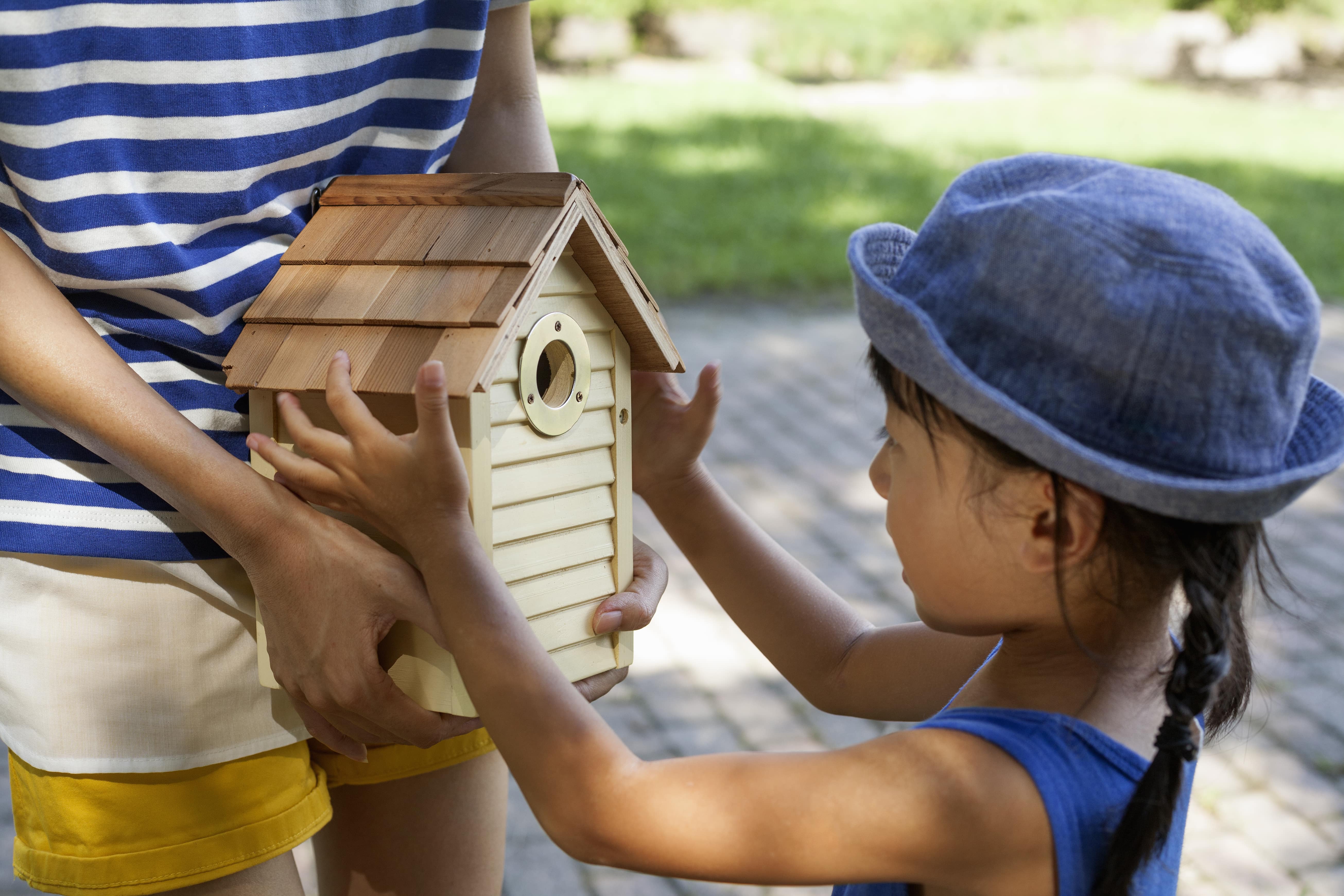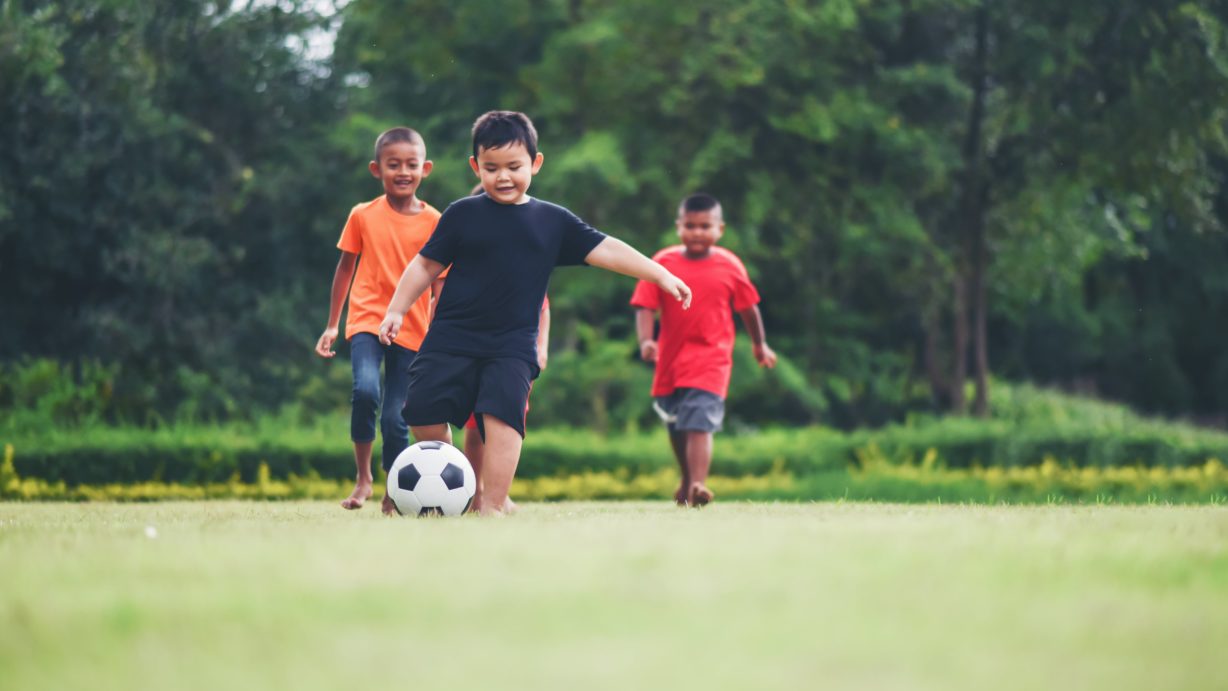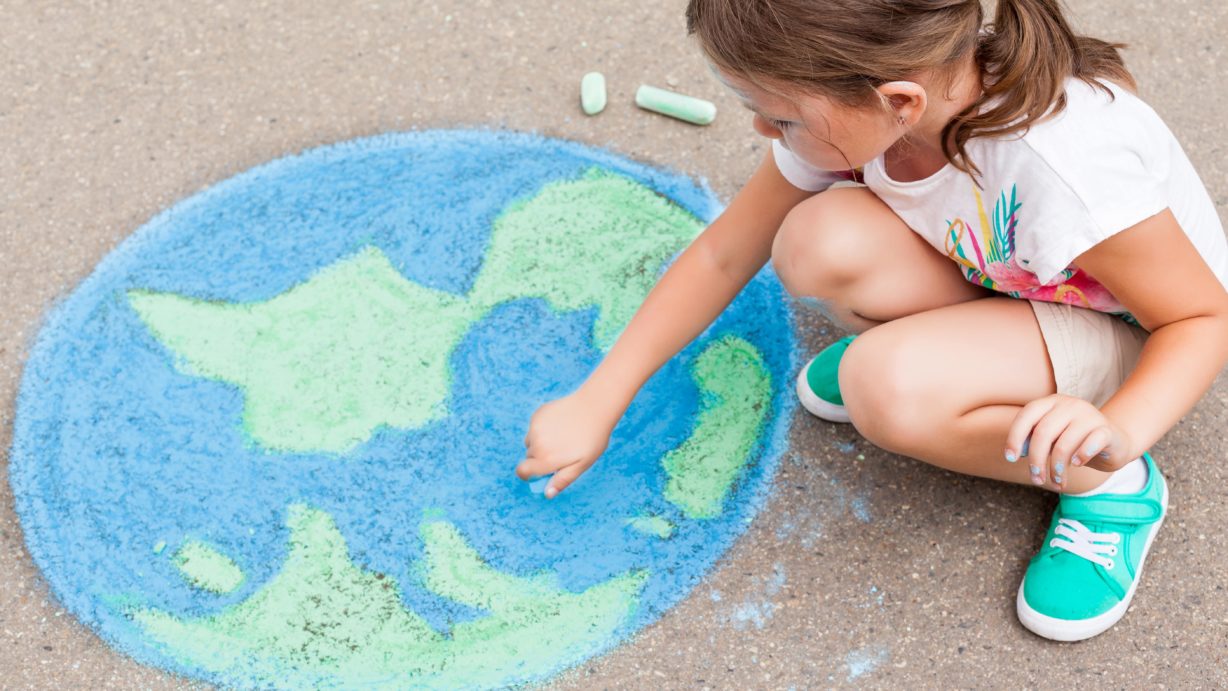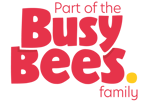Get outside this spring with 15 fun and easy nature DIYs for kids. Explore, create, and learn with hands-on projects using leaves, mud, flowers & more!
Spring is here! Flowers are blooming, birds are chirping, and the great outdoors is calling. It’s the perfect time to unplug, grab the kiddos, and dive into nature-inspired DIY projects that are not only fun but also packed with learning opportunities.
Whether your child is a budding artist, a curious scientist, or a little explorer, these 15 spring crafts will spark creativity and foster a deeper connection with nature. Bonus: they’re screen-free and budget-friendly!
1. Leaf Rubbing Art
Learning Outcome: Enhances observational skills by noticing leaf shapes and textures; improves fine motor coordination through controlled crayon rubbing; fosters appreciation for nature's variety.
Materials:
- Assorted leaves
- White paper
- Crayons or coloured pencils
Instructions:
- Collect a variety of leaves from your yard or a park.
- Place a leaf under a sheet of white paper.
- Rub over the paper with a crayon or pencil to reveal the leaf's texture.
- Try using different leaves and colors for a full collage.
2. Nature Scavenger Hunt Jar
Learning Outcome: Encourages categorization and critical thinking by identifying and classifying natural objects; builds sensory awareness through touch and sight.
Materials:
- Clear jar
- Paper
- Pen/pencil
Instructions:
- Write a list of natural items to find (e.g., flower, rock, feather).
- Head outside and collect the items with your child.
- Place each find into the jar.
- Discuss what you found and where it came from.
3. Pinecone Bird Feeder
Learning Outcome: Teaches responsibility and empathy for wildlife; introduces basic ecology and the importance of feeding animals during early spring.
Materials:
- Pinecones
- Peanut butter or seed butter
- Birdseed
- String
Instructions:
- Tie string around the top of a pinecone.
- Spread peanut or seed butter over the pinecone.
- Roll it in birdseed.
- Hang it from a tree branch and observe which birds come by.
4. Pressed Flower Bookmarks
Learning Outcome: Builds patience and attention to detail; introduces basic botany (parts of flowers); enhances creativity through design.
Materials:
- Small flowers/leaves
- Heavy books
- Cardstock
- Glue
- Scissors
- Clear tape or laminating sheets
- Hole punch
- Ribbon
Instructions:
- Collect small flowers or leaves.
- Press them between book pages for 1–2 days.
- Glue the dried plants onto cardstock strips.
- Cover with tape or laminate.
- Punch a hole and tie a ribbon.
5. Mud Kitchen in the Backyard
Learning Outcome: Promotes imaginative and sensory play; supports social interaction and language development; builds motor skills through stirring, scooping, and pouring.
Materials:
- Old kitchen utensils
- Bowls
- Containers
- Access to dirt
- Water
- Natural items
Instructions:
- Set up old utensils and containers outdoors.
- Mix dirt with water and let kids "cook" using natural ingredients.
- Encourage pretend play and creativity.
6. Bug Hotel
Learning Outcome: Demonstrates understanding of microhabitats; encourages problem-solving in designing insect homes; supports environmental stewardship.
Materials:
- Wooden box or large can
- Bamboo sticks
- Pinecones
- Bark
- Straw
Instructions:
- Fill the box or can with natural materials.
- Arrange them tightly to create small hiding spots.
- Place in a garden corner.
- Observe which insects move in!
7. Seed Bombs
Learning Outcome: Introduces seed dispersal and plant life cycles; promotes environmental responsibility and beautification of natural spaces.
Materials:
- Air-dry clay
- Compost or soil
- Wildflower seeds
- Water
Instructions:
- Mix equal parts clay, compost, and seeds.
- Add water gradually until moldable.
- Roll into balls and let dry.
- Toss into a garden or open soil area.
8. Nature Paint Brushes
Learning Outcome: Fosters creativity through unconventional materials; enhances sensory exploration; develops hand-eye coordination.
Materials:
- Sticks
- String or rubber bands
- Natural materials (grass, leaves, feathers)
- Paint
- Paper
Instructions:
- Tie natural items to sticks.
- Dip into paint.
- Use to create textured art.
9. Twig Picture Frame
Learning Outcome: Introduces basic engineering and design principles; encourages planning and creativity in assembling structures.
Materials:
- Twigs
- Glue or string
- Cardboard
- Pressed flowers or pebbles
- Photo
Instructions:
- Arrange twigs into a frame shape.
- Glue or tie together.
- Attach cardboard backing and decorations.
- Add a favourite photo.
10. Rock Garden Labels
Learning Outcome: Supports early literacy through labeling and reading plant names; encourages involvement in gardening and plant care.
Materials:
- Flat rocks
- Acrylic paint or markers
- Paintbrush
Instructions:
- Paint the name of each plant on a rock.
- Let dry.
- Place in front of corresponding plants.
11. DIY Wind Chime with Natural Materials
Learning Outcome: Explores sound properties and physics; builds fine motor skills through tying and assembling; encourages upcycling.
Materials:
- Stick (base)
- String
- Shells
- Acorns
- Washers
- Small sticks
Instructions:
- Tie items to pieces of string.
- Attach strings to a horizontal stick.
- Hang in the breeze and listen.
12. Spring Nature Mobile
Learning Outcome: Teaches balance and visual symmetry; supports fine motor skills and artistic expression.
Materials:
- String
- Branch
- Natural items (leaves, feathers, flowers)
Instructions:
- Tie natural items to string.
- Hang from a horizontal branch.
- Adjust for balance and hang in a visible spot.
13. Garden Stepping Stones
Learning Outcome: Introduces concepts of measurement and design; enhances creativity and ownership of outdoor spaces.
Materials:
- Quick-set cement
- Mold (pie pan)
- Pebbles
- Leaves
- Shells
Instructions:
- Mix cement and pour into mold.
- Decorate with pebbles or leaves.
- Let dry and place in the garden.
14. Rain Gauge
Learning Outcome: Promotes weather awareness and data recording; introduces scientific observation and simple measurement.
Materials:
- Plastic bottle
- Scissors
- Rocks (for weight)
- Permanent marker
- Ruler
Instructions:
- Cut top off bottle and invert into base.
- Add rocks to bottom.
- Mark measurements on side.
- Leave outdoors and measure rainfall.
15. Nature Alphabet Walk
Learning Outcome: Builds vocabulary and letter recognition; fosters curiosity and attention to environmental details.
Materials:
- Notebook or camera
- Pencil or device for documentation
Instructions:
- Go for a walk and look for natural objects representing each letter.
- Document with photos or drawings.
- Make a homemade nature alphabet book.
Final Thoughts
Nature-based play is a beautiful way to connect with your child and the world around you. These DIY spring projects offer hands-on learning, creative joy, and precious bonding time. Plus, they help foster curiosity, empathy for the environment, and a lifelong love of the outdoors.
So grab your boots and baskets—it’s time to explore, craft, and grow together this spring!
Stay in the know and check us out on social media! Follow BrightPath on Facebook and Instagram for a variety of fun activities and daily inspiration.







